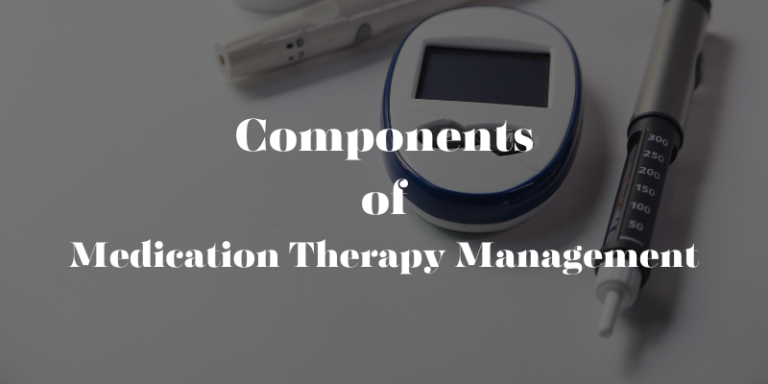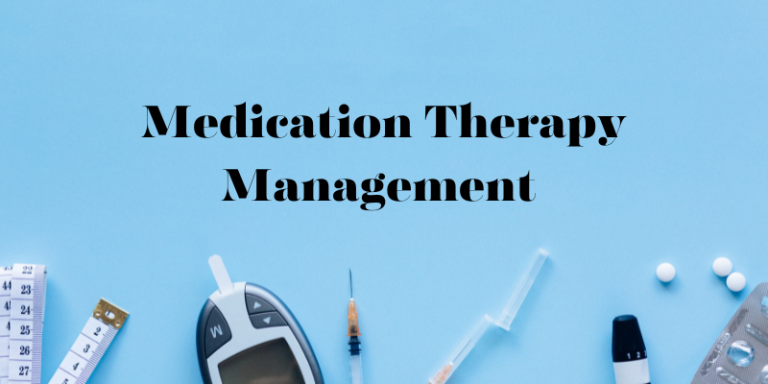Essential Components of Medication Therapy Management (MTM)
A. Patient and pharmacist relationship 1. Pharmacists have historically been viewed as one of the most trusted professionals based on Gallup’s annual Honesty and Ethics Survey. Pharmacists are also one of the most accessible health care professionals. Patients express greater satisfaction with care when they perceive quality interactions with a health care provider. 2. The…





